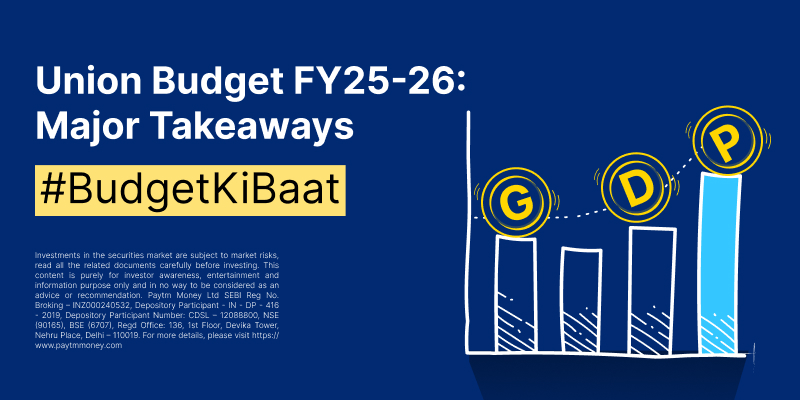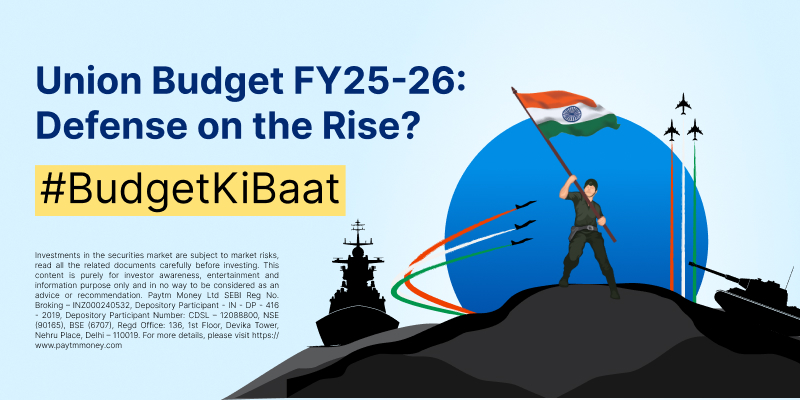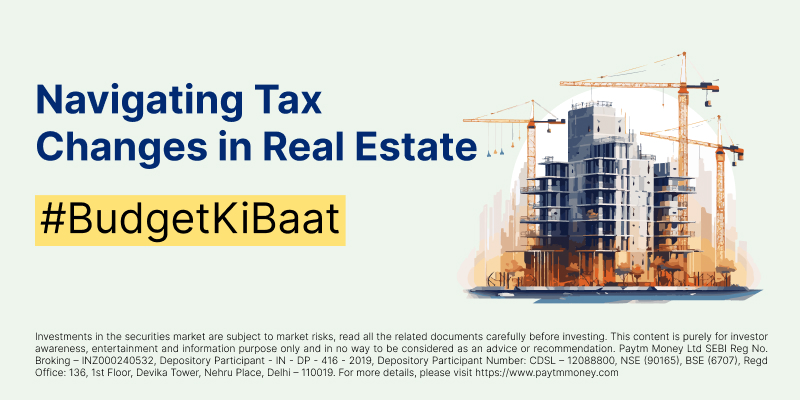Behavioral economics in Baburao ka Style4 min read
One of the most difficult things that we as humans face relates to decision making. It’s because every decision brings with it a result; that may or may not be favourable. Add a bit of emotion to that and it becomes a whole bunch of strategies aimed to achieve a goal.
In an ideal scenario, it’s assumed that people are going to make decisions that benefit them, weighing in the pros and cons of every alternative, and picking the one that helps them to maximize their personal satisfaction. Interestingly, there’s another branch called “Behavioral Economics” that states otherwise.
It combines the study of psychology and economics to find out why someone would not make a favourable choice or rather go for an unfavourable decision. It brings in the entire range of social preferences, norms, and human biases to explain why a consumer buy one product instead of another.
Similarly, in finance, the concept of behavioral finance helps us to identify behavioral biases that lead us to unfavourable choices at the time of investing. Simply put, behavioral biases are preconceived notions that unconsciously affect our investing decisions.
It covers feelings like a loss hurting us twice as much as compared to the feel-good factor that gains bring in. There are few common biases observed in investors like anchoring bias, outcome bias, projection bias, and familiarity bias among others.
Let us understand anchoring & outcome bias with our favorite onscreen characters Babu Bhaiya, Shyam & Raju. Here, we are assuming that they become stock market investors after getting the money from Devi Prasad.
Hera Pheri – Ft. Anchoring Bias
Can you recall the theory of first impressions? The same thing happens when you are affected by anchoring bias. It is also known as confirmation bias.
In this, you tend to rely too much on a piece of information that supports your opinions and ignore other scenarios that contradict your original idea. It’s like anchoring yourself to a thought that something is good/bad and you deliberately lookout for one information and filter the rest to prove your point.
The more relevant the anchor looks to you, the more you are going to stick to it. Also, the more difficult it is to put a value to a thing, the more you tend to depend on anchors to make a decision.
Let’s say, Raju and Baburao decide to invest in the stocks of a leading FMCG company. They noticed that the stock that was initially being sold at Rs 100 has now come down to Rs 80 and looks like a good bargain.
But Shyam points out that their tendency to anchor themselves at the initial price of Rs 100 and assess the stock’s worth based on its current stock price instead of looking at underlying fundamentals is faulty.
Shyam explains that they should understand the difference between value and price. As Warren Buffet has rightly said, price is what you pay and value is what you receive.
Thus, in order to decide whether or not to buy a stock, Shyam asks them to look for the stock’s intrinsic worth (true worth) that’s not only limited to the stock’s price but reflected by its cash flows, return on assets, growth potential, and soundness of the company’s management, among other things.
Phir Hera Pheri with Outcome Bias
Investors may get enticed by the windfall investing gains of their colleagues or friends and decide to invest in the same stocks without paying attention to other factors like future prospects of the underlying company, risks involved, their own risk profile, investment horizon, and personal goals. This is a classic example of outcome bias.
They tend to overemphasize the outcome or the returns and de-emphasize the underlying reasons that have led to a particular outcome. Simply put, they get excessively result-oriented, meanwhile either forgetting the process or not trying to understand it.
One fine day, Raju returns home with a heap of excitement saying “Mere Hath Ameer (rich) banne ka formula laga hai, 5 years mein paise double!” Baburao and Shyam immediately asked him about the scheme and he said that we have to buy stocks of India’s largest company and the stock price will be doubled in 5 years. He said, “I have heard Devi Prasad’s conversation and he was saying that it’s time to withdraw investment which has almost doubled, all we have to do is invest all our money and wait for 5 years.”
Shyam, as usual, is suspicious of this investment and reads about the company. He understands that the fundamentals, environment, and other things contributing to the company’s revenue are slowly changing and hence investors are booking their profits.
Therefore, he goes on to explain the same i.e the entry points will be different hence the returns are most likely to vary. He also made his case clear by showing the changing fundamentals of the company.
Conclusion
Every investor should evaluate an investment alternative from all angles and understand the reason behind gains or losses derived from investing to averse biases and make a decision that is beneficial to him or her.




